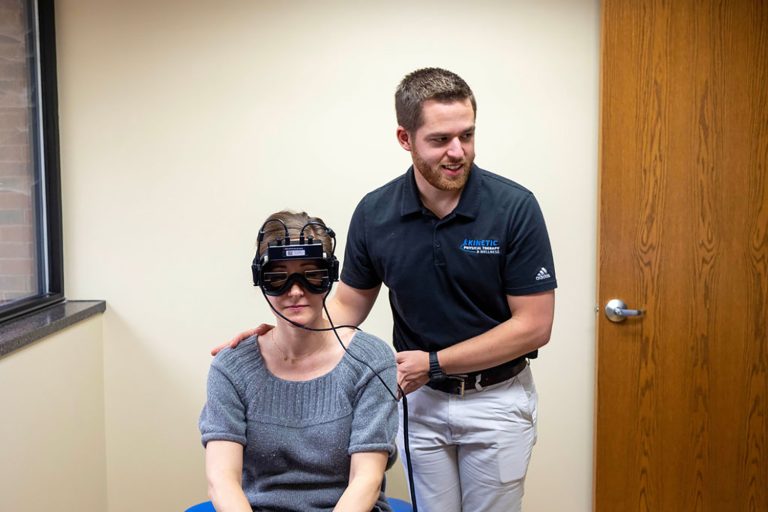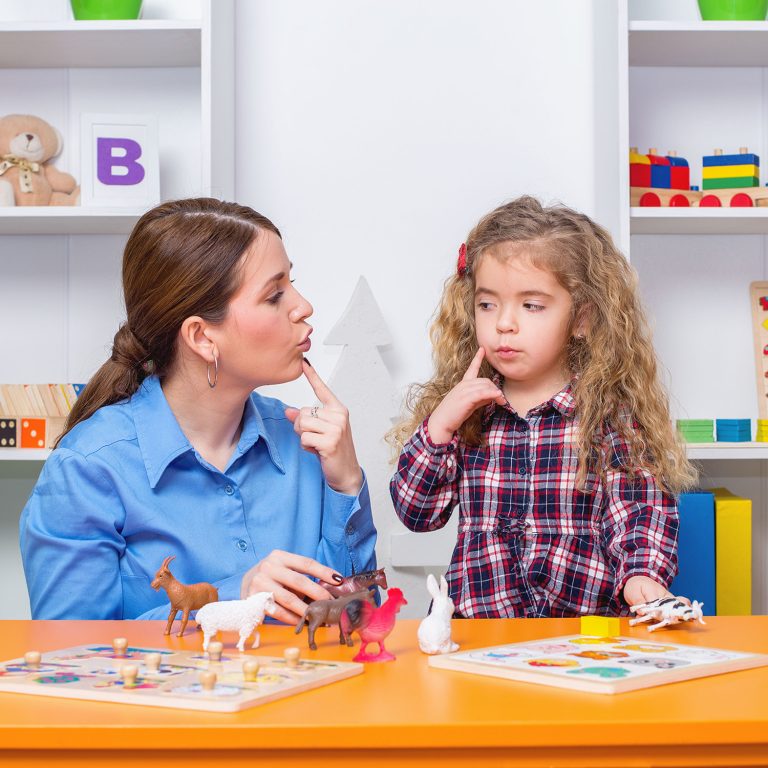

Articulation Disorders
Understanding and Treating Speech Sound Disorders
Communication is a fundamental aspect of our lives, and when articulation disorders disrupt this essential skill, they can have a significant impact on a person’s well-being. Articulation disorders are among the most common speech sound disorders, affecting children and adults alike. In this article, we will explore the world of articulation disorders, understanding their causes, their effects on daily life, and the role of speech therapy in treating them.
What Are Articulation Disorders?
Articulation disorders are speech sound disorders that affect the clear and precise production of speech sounds. These disorders involve difficulty in pronouncing specific sounds, which can result in words and sentences that are challenging to understand. Articulation disorders can manifest in various ways, from mild speech impediments to more severe issues that impede effective communication.
Common Types of Articulation Disorders
- Substitutions: This occurs when a person replaces one speech sound with another. For example, saying “wabbit” instead of “rabbit.”
- Omissions: In this case, certain sounds within words are skipped, making it difficult to understand the word. For instance, “bu” instead of “bus.”
- Distortions: Distortions involve changing the intended speech sound slightly but not enough to make it a substitution. This can make the speech sound unclear.
- Additions: Some individuals may add extra sounds or syllables to words, such as “hamburger” instead of “hamburger.”
Understanding the Causes of Articulation Disorders
Articulation disorders can arise from various causes, and they may be more common in children, but they can persist into adulthood. Some contributing factors include:
- Physical Factors: Structural issues, such as cleft palates or lip ties, can affect a person’s ability to produce specific speech sounds correctly.
- Neurological Factors: Certain neurological conditions can interfere with the coordination required for accurate articulation.
- Developmental Factors: Many children experience articulation difficulties as they learn to speak. These issues often resolve themselves as the child’s speech and language skills mature.
- Hearing Impairments: Hearing loss can significantly impact a person’s ability to accurately reproduce speech sounds, leading to articulation disorders.
- Environmental Factors: Language exposure and speaking environment can play a role in articulation disorders, as individuals may learn incorrect speech patterns due to their surroundings.
The Role of Speech Therapy
Thankfully, speech therapy plays a crucial role in diagnosing and treating articulation disorders. Speech therapy is a specialized field of therapy that focuses on improving a person’s communication skills, including the correction of speech sound disorders.
- Assessment and Diagnosis
Speech therapy begins with a comprehensive assessment to identify the specific speech sound errors an individual is making. This evaluation helps the speech therapist determine the severity of the articulation disorder and any underlying causes.
- Individualized Treatment Plans
Once the assessment is complete, speech therapists develop individualized treatment plans tailored to the unique needs of the individual. These treatment plans may include exercises and activities designed to target specific speech sounds and improve overall speech clarity.
- Speech Sound Drills and Exercises
Speech therapy often involves drills and exercises to target and practice the correct production of speech sounds. These exercises may include tongue and lip exercises, repetition of specific words, and practicing sound patterns.
- Articulation Practice
Therapists use various techniques to help individuals practice their articulation, including auditory discrimination (discerning correct and incorrect sounds), visual aids (such as mirrors to observe mouth movements), and tactile cues (feeling the correct tongue and lip positions).
- Consistency and Feedback
Regular sessions with a speech therapist are essential to monitor progress and provide feedback. Consistency and practice are key factors in the success of speech therapy.
- Family Involvement
Speech therapy often involves family members in the treatment process. Families can support the individual’s practice at home and reinforce correct articulation in daily conversations.
Articulation disorders can be a source of frustration and communication challenges, but with the help of speech therapy, individuals can make significant progress in improving their speech sound production. Early intervention is key to achieving the best results, as speech therapy can help individuals of all ages overcome these challenges, leading to more effective communication and an improved quality of life. If you or a loved one is struggling with an articulation disorder, consider seeking the expertise of a speech therapist to embark on a path toward clearer and more confident communication.
Please Share
categories
Recent Posts

Articulation Disorders
Understanding and Treating Speech Sound Disorders
Communication is a fundamental aspect of our lives, and when articulation disorders disrupt this essential skill, they can have a significant impact on a person’s well-being. Articulation disorders are among the most common speech sound disorders, affecting children and adults alike. In this article, we will explore the world of articulation disorders, understanding their causes, their effects on daily life, and the role of speech therapy in treating them.
What Are Articulation Disorders?
Articulation disorders are speech sound disorders that affect the clear and precise production of speech sounds. These disorders involve difficulty in pronouncing specific sounds, which can result in words and sentences that are challenging to understand. Articulation disorders can manifest in various ways, from mild speech impediments to more severe issues that impede effective communication.
Common Types of Articulation Disorders
- Substitutions: This occurs when a person replaces one speech sound with another. For example, saying “wabbit” instead of “rabbit.”
- Omissions: In this case, certain sounds within words are skipped, making it difficult to understand the word. For instance, “bu” instead of “bus.”
- Distortions: Distortions involve changing the intended speech sound slightly but not enough to make it a substitution. This can make the speech sound unclear.
- Additions: Some individuals may add extra sounds or syllables to words, such as “hamburger” instead of “hamburger.”
Understanding the Causes of Articulation Disorders
Articulation disorders can arise from various causes, and they may be more common in children, but they can persist into adulthood. Some contributing factors include:
- Physical Factors: Structural issues, such as cleft palates or lip ties, can affect a person’s ability to produce specific speech sounds correctly.
- Neurological Factors: Certain neurological conditions can interfere with the coordination required for accurate articulation.
- Developmental Factors: Many children experience articulation difficulties as they learn to speak. These issues often resolve themselves as the child’s speech and language skills mature.
- Hearing Impairments: Hearing loss can significantly impact a person’s ability to accurately reproduce speech sounds, leading to articulation disorders.
- Environmental Factors: Language exposure and speaking environment can play a role in articulation disorders, as individuals may learn incorrect speech patterns due to their surroundings.
The Role of Speech Therapy
Thankfully, speech therapy plays a crucial role in diagnosing and treating articulation disorders. Speech therapy is a specialized field of therapy that focuses on improving a person’s communication skills, including the correction of speech sound disorders.
- Assessment and Diagnosis
Speech therapy begins with a comprehensive assessment to identify the specific speech sound errors an individual is making. This evaluation helps the speech therapist determine the severity of the articulation disorder and any underlying causes.
- Individualized Treatment Plans
Once the assessment is complete, speech therapists develop individualized treatment plans tailored to the unique needs of the individual. These treatment plans may include exercises and activities designed to target specific speech sounds and improve overall speech clarity.
- Speech Sound Drills and Exercises
Speech therapy often involves drills and exercises to target and practice the correct production of speech sounds. These exercises may include tongue and lip exercises, repetition of specific words, and practicing sound patterns.
- Articulation Practice
Therapists use various techniques to help individuals practice their articulation, including auditory discrimination (discerning correct and incorrect sounds), visual aids (such as mirrors to observe mouth movements), and tactile cues (feeling the correct tongue and lip positions).
- Consistency and Feedback
Regular sessions with a speech therapist are essential to monitor progress and provide feedback. Consistency and practice are key factors in the success of speech therapy.
- Family Involvement
Speech therapy often involves family members in the treatment process. Families can support the individual’s practice at home and reinforce correct articulation in daily conversations.
Articulation disorders can be a source of frustration and communication challenges, but with the help of speech therapy, individuals can make significant progress in improving their speech sound production. Early intervention is key to achieving the best results, as speech therapy can help individuals of all ages overcome these challenges, leading to more effective communication and an improved quality of life. If you or a loved one is struggling with an articulation disorder, consider seeking the expertise of a speech therapist to embark on a path toward clearer and more confident communication.
Please Share
You May Also Like









